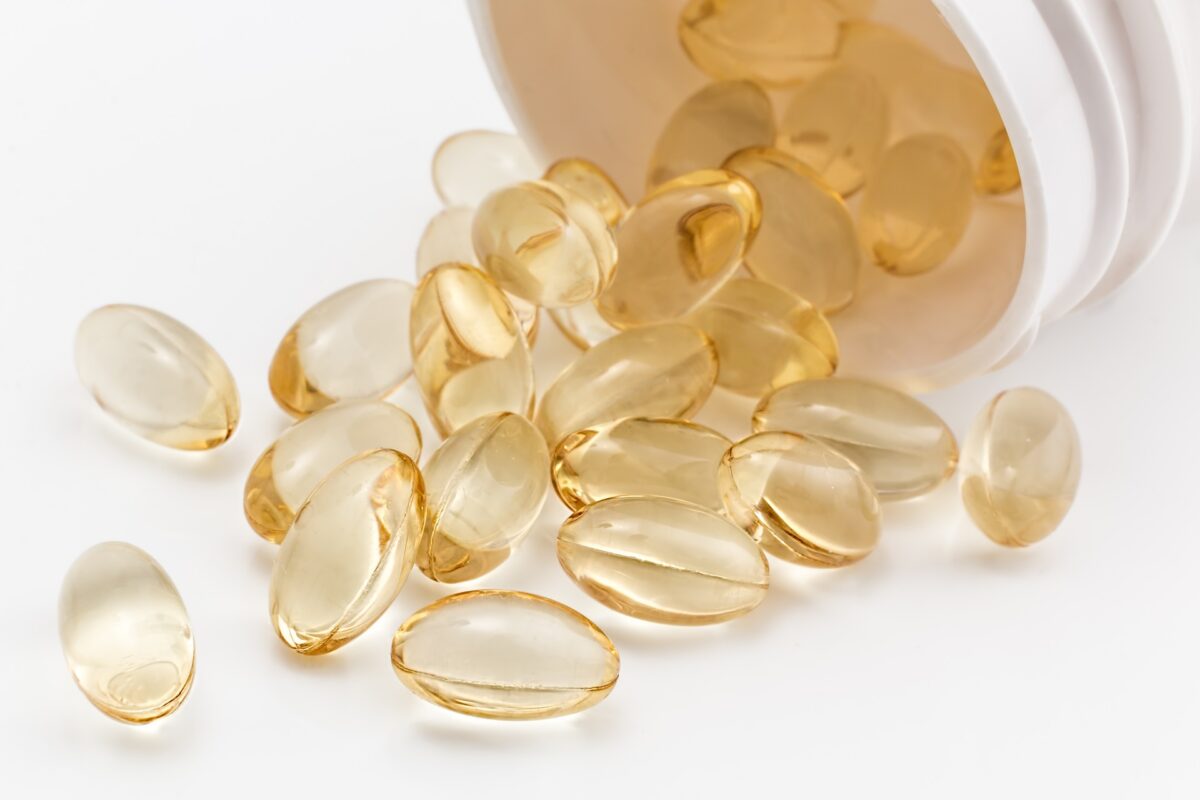Enhancing your fitness routine means more than just hitting the gym and breaking a sweat; it requires a deeper look at your dietary habits to fuel your body effectively. Protein, often hailed as the holy grail of fitness nutrition, plays a crucial role in muscle repair and growth, weight management, and overall body function. However, the question that lingers for many is, “How much protein do I really need?”
In this comprehensive guide, we’ll dissect the world of protein, unraveling the intricacies of its consumption for anyone devoted to a robust health and fitness journey. From grasping the fundamentals of protein to tailoring your intake to meet your specific fitness goals, this guide has you covered.
Protein Basics: Why It’s More than a Trend
Before we dig into serving sizes and grams per day, we need to understand why protein is a non-negotiable component of a balanced diet, particularly for those with active lifestyles.
The Building Blocks of Life
Proteins are macronutrients, meaning our bodies require them in substantial amounts to maintain proper functioning. They are responsible for building and repairing tissues, making crucial enzymes and hormones, and serving as building blocks for muscles, cartilage, skin, and blood.
The Role in Recovery
For fitness enthusiasts and athletes, the repair process is just as important as the workout itself. Adequate protein intake aids in muscle recovery, ensuring that each session’s efforts aren’t in vain.
Aiding in Weight Management
Protein-rich foods are more satiating than carbohydrates or fats, which means they can help you feel fuller for longer. This can assist in reducing overall calorie intake and contribute to weight management.

Determining Your Protein Needs
Now, on to the numbers. Your daily protein requirement is influenced by several factors, such as your age, sex, body weight, and activity level.
Protein for Sedentary Individuals
For those leading a sedentary lifestyle, the general recommendation is to consume about 0.36 grams of protein per pound of body weight. However, for fitness buffs, the story is a bit different.
Protein for Active Individuals
When you’re regularly engaging in strength training or high-intensity interval workouts, you’ll likely need more protein to match the increased demand on your muscles. It’s not uncommon for athletes to bump their intake up to 0.7 to 1 gram per pound.
Sourcing Your Protein Intake
Determining where your protein comes from is as crucial as how much you consume. Protein sources vary widely in their nutritional makeup and other associated health benefits.
Animal-Based Protein
Meat, poultry, fish, eggs, and dairy products are rich in high-quality protein, containing all nine essential amino acids that the body cannot produce on its own.
Plant-Based Protein
Vegetarians and vegans can meet their protein needs through sources like legumes, quinoa, nuts, and seeds. Though plant proteins may lack some essential amino acids, a balanced diet usually covers these nutritional gaps.
Protein Supplements
When convenience is a priority or it’s challenging to meet high protein goals through diet alone, supplements like whey protein, or plant-based protein powders can be beneficial.

How to Calculate and Meet Your Protein Needs
- Calculate Your Weight in Kilograms: If your weight is in pounds, you can convert it to kilograms by dividing the weight in pounds by 2.2046. For example, if you weigh 150 pounds, your weight in kilograms would be approximately 68 kilograms (150 / 2.2046 = 68).
- Determine Your Activity Level: The recommended daily allowance (RDA) for protein varies depending on your activity level. Here are some general guidelines:
- Sedentary adults: 0.8 grams of protein per kilogram of body weight
- Endurance athletes: 1.2 to 1.4 grams of protein per kilogram of body weight
- Strength training athletes: 1.6 to 2.0 grams of protein per kilogram of body weight
- Multiply Your Weight by Your Protein Need: Once you’ve determined your activity level, multiply your weight in kilograms by the appropriate amount of protein. For example, if you’re a sedentary adult who weighs 68 kilograms, you would need about 54.4 grams of protein per day (68 x 0.8 = 54.4).
Remember, this is a general guideline and individual protein needs can vary. Some people may require more protein due to certain health conditions, pregnancy, or higher activity levels. It’s always best to consult with a healthcare professional for personalized advice.
Meal Planning Tips
Integrate protein-packed foods into every meal and snack to spread your intake throughout the day. Vegan omlets, Greek yogurt parfaits, and salmon with quinoa are just a few ideas to infuse protein power into your diet.
Sample Meal Ideas
- Breakfast: A spinach and feta omelet with a side of cottage cheese
- Lunch: Grilled chicken breast over a kale and chickpea salad
- Dinner: A tofu stir-fry with mixed vegetables and brown rice
- Snacks: Apple slices with almond butter or a protein shake
Protein and Your Fitness Goals
Understanding protein in the context of your fitness objectives is the key to leveraging its benefits to the fullest.
Muscle Building and Repair
Protein is synonymous with muscle, and for a good reason. It’s instrumental in the process of hypertrophy, the building and repairing of muscle fibres after resistance exercise.
Weight Management Through Protein
Protein’s satiating effect can make it a powerful ally for those trying to shed the pounds or maintain a healthy weight. It can aid in controlling hunger and, by extension, calorie intake.
Fuelling Performance
Protein could also play a part in enhancing your athletic performance, particularly in exercises that require short bursts of energy, like sprinting or lifting heavy weights.

Final Thoughts
Ensuring you meet your protein needs is an intricate yet rewarding part of your health and fitness regimen. By incorporating the aspects we’ve discussed—understanding protein’s role, calculating your needs, sourcing it right, and aligning consumption with your fitness objectives—you can make protein a pillar in your path to a healthier, stronger you.
Lastly, remember that balance is key. While it’s essential to meet your protein goals, it’s equally important to maintain a varied diet rich in all essential nutrients. Happy lifting, running, climbing, yoga-ing, or whatever your fitness pursuit may be—and may your protein intake propel you to greater heights!















